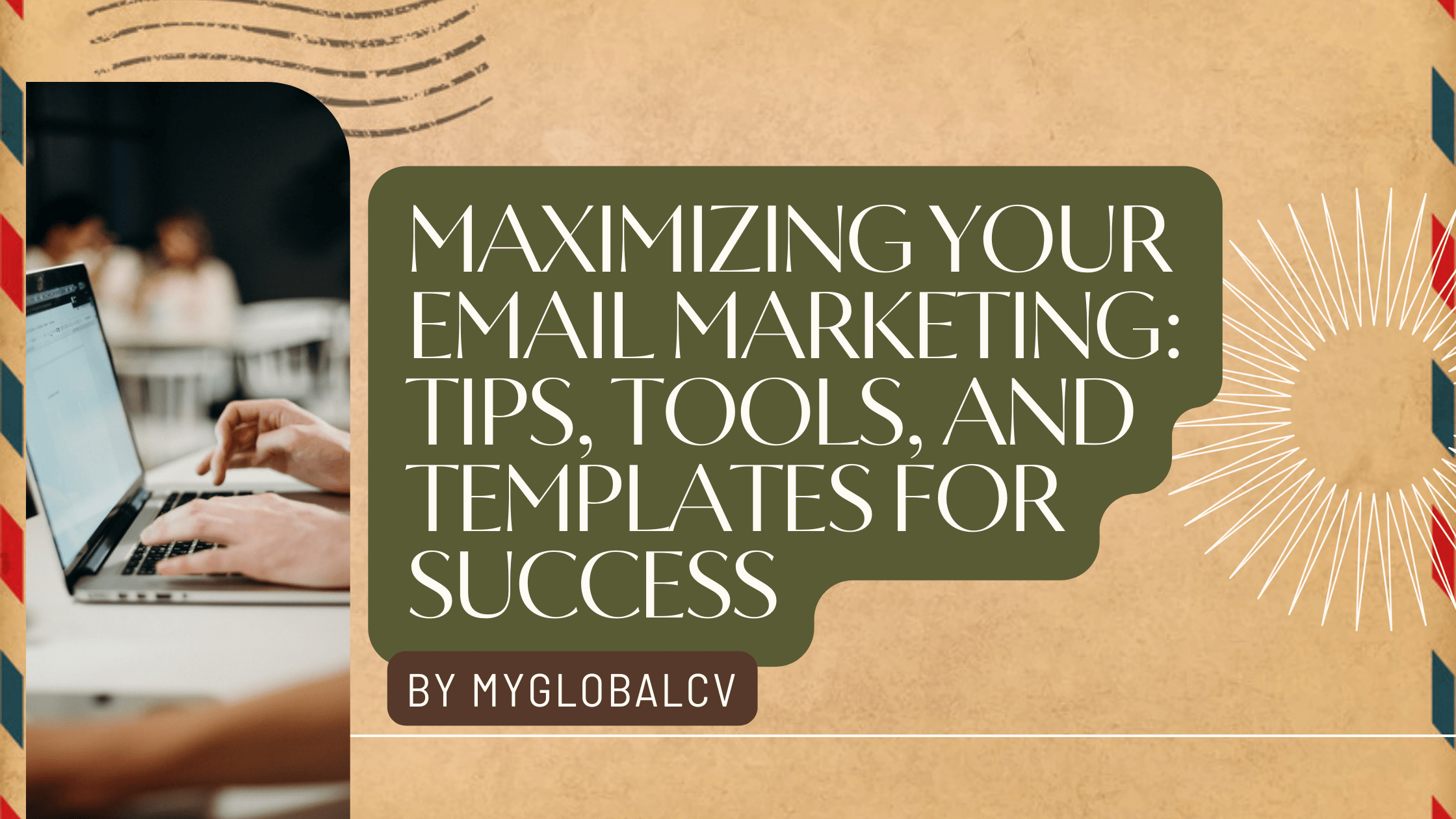What is Content marketing?
Content marketing is a strategic approach to creating and distributing valuable, relevant, and consistent content to attract and engage a clearly defined audience with the goal of driving profitable customer action.
The first step in developing a content marketing strategy is to understand your target audience. This includes identifying their demographics, pain points, and goals. Once you understand your target audience, you can then create content that addresses their needs and speaks to their interests.
One of the most important aspects of content marketing is creating high-quality, relevant content. This includes blog posts, articles, infographics, videos, and more. The key is to ensure that your content is valuable and informative, as well as being shareable and easy to read.
Blogging is one of the most effective ways to drive traffic to your website and increase your visibility online. A blog is a great platform to share your expertise, thought leadership, and to educate your target audience on industry trends, best practices, and more.
Video marketing is another great way to share your message with your target audience. Video is a highly engaging medium and can be used to demonstrate products or services, share customer testimonials, and more.
Infographics are a great way to share complex information in a visually appealing way. They are easy to share, and they can be used to increase brand awareness and drive traffic to your website.
Social media is a great way to distribute your content and reach a wider audience. Platforms like Facebook, Twitter, Instagram, and LinkedIn are great places to share your content and engage with your target audience.
SEO is an important aspect of content marketing. It is the process of optimizing your website and content to make it more visible and relevant to search engines. This includes incorporating keywords into your content, optimizing meta tags, and building backlinks.
Email marketing is another effective way to reach your target audience. It is a great way to stay in touch with your subscribers and to share your latest content.
Content marketing is a strategic approach to creating and distributing valuable, relevant, and consistent content to attract and engage a clearly defined audience with the goal of driving profitable customer action.
Conclusion
Content marketing is a powerful way to attract and engage a clearly defined audience. By understanding your target audience, creating high-quality, relevant content, and distributing it through various channels, you can drive profitable customer action. Blogging, video marketing, infographics, social media, SEO, email marketing and creating a consistent effort are some of the key elements of content marketing that helps to increase brand awareness, leads and sales.
What is the definition of content marketing?
Content marketing is a strategic approach to creating and distributing valuable, relevant, and consistent content to attract and engage a clearly defined audience with the goal of driving profitable customer action. This approach is focused on creating a relationship with the audience and providing them with information and resources that will help them solve their problems and achieve their goals. The ultimate goal of content marketing is to establish trust and credibility with the audience and convert them into customers.
Why is content marketing important?
Content marketing is a strategic approach to creating and distributing valuable, relevant, and consistent content to attract and engage a clearly defined audience with the goal of driving profitable customer action. It is important because it allows businesses to connect with their target audience, build trust and establish thought leadership in their industry. By providing valuable information and addressing the pain points of your target audience, you can attract and retain customers, increase brand awareness and ultimately drive sales.
How to create a successful content marketing strategy?
To create a successful content marketing strategy, it is important to first understand your target audience. This includes identifying their demographics, pain points, and goals. Once you understand your target audience, you can then create content that addresses their needs and speaks to their interests. It is also important to have a clear idea of the types of content you will be creating, and to have a plan for distributing and promoting your content. Utilizing SEO techniques and utilizing social media and email marketing to reach a wider audience can also help to increase the success of your strategy.
What types of content should I create?
There are many different types of content that you can create as part of your content marketing strategy. Some popular options include:
- Blog posts: Blogging is one of the most effective ways to drive traffic to your website and increase your visibility online. A blog is a great platform to share your expertise, thought leadership, and to educate your target audience on industry trends, best practices, and more.
- Videos: Video marketing is another great way to share your message with your target audience. Video is a highly engaging medium and can be used to demonstrate products or services, share customer testimonials, and more.
- Infographics: Infographics are a great way to share complex information in a visually appealing way. They are easy to share, and they can be used to increase brand awareness and drive traffic to your website.
- Social media: Social media is a great way to distribute your content and reach a wider audience. Platforms like Facebook, Twitter, Instagram, and LinkedIn are great places to share your content and engage with your target audience.
How to measure the success of content marketing efforts?
Measuring the success of your content marketing efforts is crucial in order to understand what is working and what may need to be adjusted. It is important to set clear goals and then track your progress towards those goals using metrics such as website traffic, engagement, and conversion rates. Additionally, using tools such as Google Analytics can provide valuable insights on how your audience is interacting with your content and how it is impacting your business.
How to distribute content effectively?
Distributing your content effectively is important to ensure that it reaches your target audience. One of the most effective ways to distribute content is through search engine optimization (SEO). This includes incorporating keywords into your content, optimizing meta tags, and building backlinks. Additionally, social media and email marketing can also be effective in distributing your content and reaching a wider audience.
Why is content marketing important for my business?
Content marketing is important for businesses of all sizes and industries because it helps to increase brand awareness, generate leads, and ultimately drive sales. By creating content that speaks to the needs and interests of your target audience, you can establish yourself as a thought leader in your industry and build trust and credibility with your audience. Additionally, content marketing can help to improve your search engine rankings, drive traffic to your website, and increase your visibility online.
How to create a content marketing strategy?
Creating a content marketing strategy involves understanding your target audience, identifying their pain points, and goals, and then creating content that addresses their needs and speaks to their interests. It is also important to have a clear idea of the types of content you will be creating, and to have a plan for distributing and promoting your content.
Some key steps in creating a content marketing strategy include:
- Conducting market research and identifying your target audience
- Defining your goals and objectives
- Developing a content calendar and editorial plan
- Creating a variety of content types, such as blog posts, infographics, videos, and more
- Optimizing your content for search engines and promoting it through various channels
- Measuring the success of your content marketing efforts and making adjustments as needed



